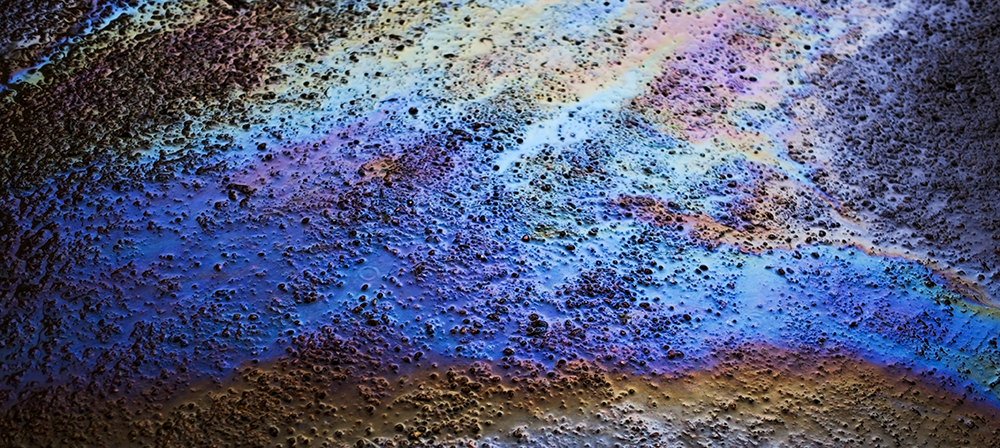Rainy Season Best Practices for Facility Safety and Cleanliness

Rainy Season
Rainy Season Best Practices for Facility Safety and Cleanliness
Properly Preparing for a Rain Event Will Keep Employees Safe and Your Facility Clean
The rainy season (or what should be the rainy season) is upon us in California and it is important for facilities that manage lubricant products and other fluids to prepare for slick conditions. As part of our “Preventative Maintenance” Expert Insight series of articles, below we have outlined our top suggestions for both Safety and Cleanliness for maintaining your facility during the wet conditions.
Safety
The health and well-being of employees and personnel are a top priority for most organizations, not only to prevent harm but to avoid liability and OSHA violations. These simple tips and pointers to prevent slips and falls will support your facility in keeping your people safe and sound during the rainy season:
- Proper Signage – If employees are walking across warehouse areas where surfaces may have become slippery from the combination of rain and lubricant products, be sure to display the proper signage, “CAUTION: SLIPPERY FLOOR,” “DANGER: SLIPPERY WHEN WET”
- Invest in Mats – Placing mats in transition zones, such as between warehouse and office zones, as well as between warehouse and restrooms will not only prevent the tracking of mud and grease onto carpeted surfaces, but it will allow employees to keep footwear surfaces dry, preventing slipping and falling.
- Promote the Appropriate Footwear – Encourage and ensure that employees wear the appropriate footwear with proper tread that offers a bit of traction to avoid slipping.
- Use Caution When Using Ladders – Slippery feet plus ladders can pose a dangerous situation. Make sure employees wipe their feet before using ladders, and that the floor surface is dry.
- Operate Equipment at a Safe Distance – For drivers making deliveries in vehicles or employees operating forklifts, maintain a safe stopping distance. In slick conditions, leave plenty of room to accommodate weather-related road conditions that might affect vehicle operations such as stopping, and stay alert when around other drivers.
- Hold a Rainy Season Safety Meeting – Discuss all of the above with team members to make sure everyone is on board with transitioning operations and procedures during rainy weather.
Environmental
California has some of the most stringent water quality regulations in the country, and rain events especially are areas of great concern as storm drains often flow directly to the ocean or to riparian corridors such as creeks, streams and rivers. Visit the California State Water Resources Control Board for general information on how to remain in compliance during the rainy season. These simple tips and pointers will support your facility in maintaining optimal cleanliness and environmental compliance during the rainy season:
- No Dumping, Drains To Ocean – Everything on the ground of your facility, in gutters and on all surfaces eventually ends up in a waterway, whether that be the ocean, a creek, stream, lake or river. Do your part to keep the environment clean and avoid resulting fines from water contamination.
- Stay Ahead of the Curve – Prior to a rain event, maintain as clean a facility as possible to prevent contamination of storm water
- Remove Forklift Debris – Forklift tires slough off debris over time and this material in the form of dust and particles can affect storm drain samples, resulting in higher levels and subsequent fees. Make sure facility surfaces are swept clean of forklift tire debris.
- Implement a Storm Water Prevention Plan – Consult with an environmental agency to perform a SWPP. As per California’s state and federal regulations, as an industrial facility you are required to take samples every year during a rain event.
- Maintain Drainage Swales – Swales are generally constructed where water naturally wants to flow. Sweep and clean swales to avoid excessive flow to storm drains.
- Invest in an Oil Absorbing Sock or Boom – Oil absorbent socks and booms are designed to soak up oil from surface water. Placed strategically around your facility in drainage swales and near storm drains they can support with the removal of contaminants.
The Bottom Line
If operating a facility that manages lubricant products or other types of fluids that may creating health hazards and environmental concerns during the wet season, it is a good idea to keep work spaces, warehouse and yards as clean and dry as possible. Operate with heightened awareness to keep your team safe and your facility clean and in compliance with environmental regulations.
Contact an SCL Consultant Today
In a wide range of industrial sectors, we’re here to protect and optimize the machines that keep our country moving, and we pride ourselves on providing superior logistics and solutions, extensive product and industry knowledge and total performance satisfaction for our customers. No matter where the future of the automotive industry is headed, we will be there to deliver what you need to keep you in motion. For information on how we can assist you in choosing the optimal products for your vehicle or equipment at a competitive price, contact an SCL consultant today.
